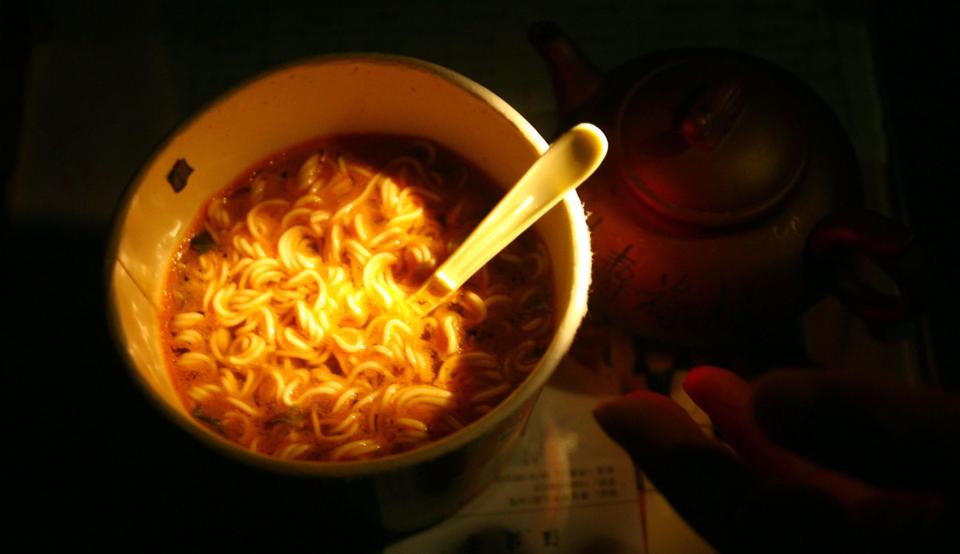Instant noodles in their cardboard tubs are ubiquitous in China and a firm favorite, especially on train journeys and when there's no time to head out for lunch. But this humble, portable snack has been changing and the website of Party newspaper, the People's Daily has run a commentary on it.
In the past, instant noodles were considered a "national food," meaning that the best way to fill one's belly was to eat a bowl of instant noodles. This was at the time of Reform and Opening Up when Chinese people began to pay attention to efficiency, and instant foods could save time on eating.
But at present Chinese are focusing more on a healthy diet, and conventional instant noodle packets labelled with "fried" or "additive" no longer meet people’s dietary needs, resulting in the sluggishness of the instant food industry.
After the continuous decline in sales over the past five years, China’s instant food industry has recovered this year, and according to insiders, the key to revitalizing the industry is to change and innovate in terms of brand as well as product.
For instance, China’s instant food enterprises could learn lessons from the Japanese instant noodle industry, namely a marketing campaign to shift perceptions that instant food is equal to junk food.
In terms of the products, as low-calorie, low-fat, low-sugar and low-salt instant foods are becoming more mainstream, the little packets of seasoning enclosed with the noodles contain less oil and salt, and instead hold more natural food ingredients and dehydrated vegetables.

 Old Version
Old Version